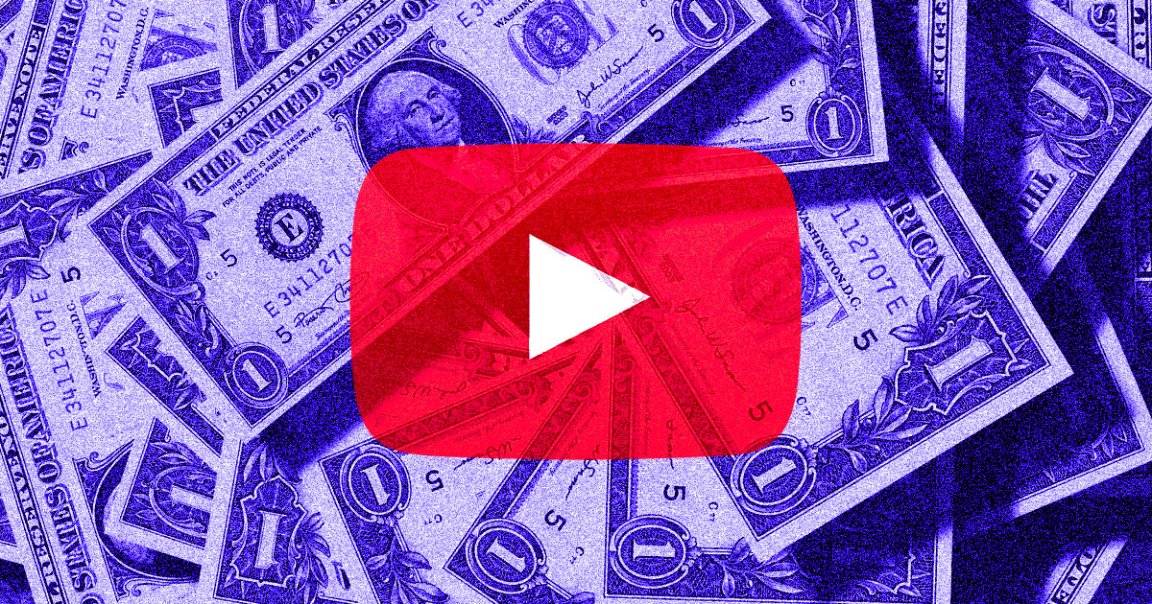
Double Standard
Officially, YouTube only has one set of content guidelines. Unofficially, though, it has two: one for its most popular content creators, and another for everyone else.
That’s according to eleven current and past YouTube content moderators, who recently shared their experiences policing the platform’s video content with The Washington Post under condition of anonymity — and, they said, it all comes down to money.
Almighty Dollar
When someone breaks YouTube’s rules — by posting hateful or extremist content, for example — moderators flag the video, sending it to higher ups in the company. Those higher ups can then decide to strip ads from the video, or even the creator’s entire channel.
The more popular a video is, though, the more advertising revenue it generates — and because YouTube splits that revenue with content creators, the platform has a financial incentive to keep its most popular videos raking in the ad dollars.
Clock’s Ticking
That incentive has led to a double standard in guideline enforcement, moderators told WaPo, with higher ups granting more leniency to the platform’s stars.
YouTube, however, denies this double standard exists — the company applies its policies “consistently, regardless of who a creator is,” spokesperson Alex Joseph told the paper.
Whatever the truth of the matter, YouTube — and practically every other major social platform — is currently under closer scrutiny by government agencies as they attempt to crack down on hateful online speech. So if it’s letting stars get away with bending the rules, it might not be for long.
READ MORE: YouTube’s arbitrary standards: Stars keep making money even after breaking the rules [The Washington Post]